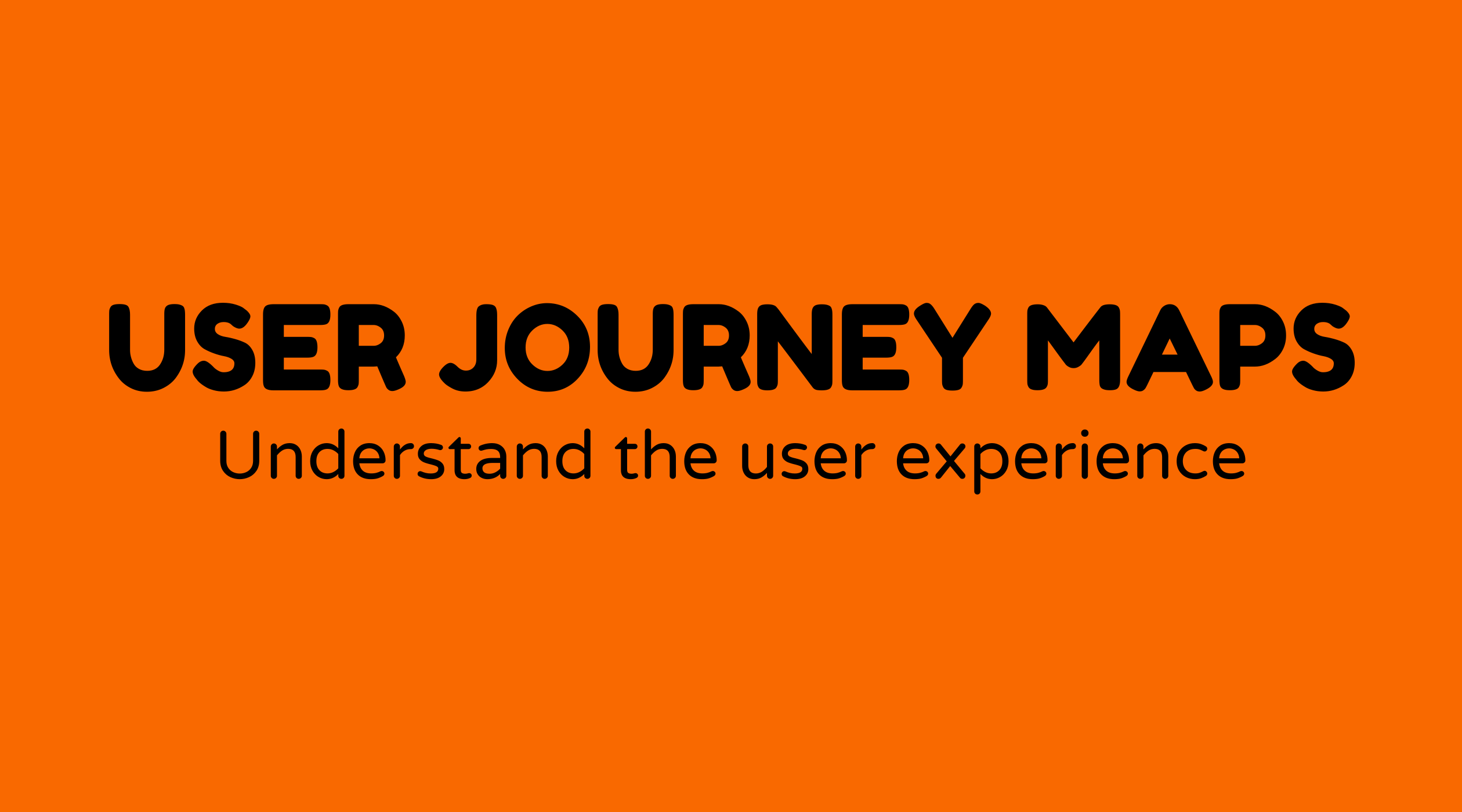User journey maps

Overview of User Journey Maps
User journey maps are essential tools for understanding and improving user interactions with a product or service. By visualizing the experience from the user's viewpoint, organizations can pinpoint challenges, streamline processes, and heighten overall user satisfaction. These maps illustrate the user's steps from beginning to end, detailing interactions and feelings experienced along the way.
Why User Journey Maps Matter
Grasping the user journey is pivotal for crafting an outstanding product experience. Journey maps deliver insights into user needs and expectations, revealing any friction they encounter. By addressing these concerns, organizations can boost user engagement and retention, ultimately fostering growth. Additionally, journey maps benefit internal team alignment, ensuring all members aim towards a unified objective.
For a deeper understanding of the significance of empathy in the user journey and customer experience, check out this YouTube video.
What is a User Journey Map
A user journey map is a visual depiction of a user's experience with a product or service. It outlines each interaction point, capturing user actions, perceptions, and emotions. Typically, journey maps encompass the user's goals, steps, thoughts, and feelings at each stage.
Developing a detailed map requires creating user profiles, defining interaction points, identifying potential obstacles, and considering user objectives. By concentrating on these aspects, organizations can construct a thorough and actionable map.
Key Elements of a User Journey Map:
- User Personas: Represents the target audience.
- Touchpoints: Instances of interaction with the product or service.
- Actions: Steps users take during their journey.
- Emotions: Feelings experienced at different stages.
- Pain Points: Challenges faced by users.
- Opportunities: Areas for improvement.
How Do You Create a User Journey Map
Creating a user journey map involves several strategic steps:
1. Research and Gather Data
Before creating a journey map, collecting genuine user data is vital. Conducting interviews, surveys, and analyzing analytics data offers valuable insights. Utilizing resources like Google's Human-Centered AI Toolkit can aid in this process.
2. Develop User Personas
Define detailed personas representing different segments of your user base. These personas summarize user demographics, motivations, and goals.
3. Outline the User Journey
Map out each step a user takes when interacting with your product or service. Be sure to include both offline and online experiences. These steps should align with user personas to ensure accuracy.
4. Identify Touchpoints and Channels
Highlight each point of interaction a user encounters. This includes everything from advertisements and social media to customer support.
5. Analyze Emotions and Experiences
For each touchpoint, consider the user's emotions and challenges. What are they feeling? What obstacles do they face? Analyzing these elements can reveal significant improvements.
6. Identify Breakpoints and Opportunities
Spot areas of friction where users struggle and brainstorm solutions to alleviate these challenges. Conversely, recognizing areas where users are delighted can help reinforce positive experiences.
7. Create a Visual Representation
Translate your findings into a clear and understandable visual graphic. The graphic should be comprehensive, straightforward, and action-oriented, employing symbols that indicate emotions, actions, and touchpoints.
Sample Agenda for a User Journey Mapping Workshop
-
Introduction and Overview
- Purpose of journey mapping.
- Expected outcomes.
-
Persona Development
- Break into groups to discuss user personas.
- Document key demographics, goals, and motivations.
-
Mapping the Journey
- Outline the journey stages.
- Identify touchpoints and channels for each stage.
-
Experience and Emotion Analysis
- Discuss emotional highs and lows at each touchpoint.
- Document pain points and opportunities.
-
Wrap-up and Action Planning
- Reflect on findings.
- Brainstorm actionable steps for improvement.
- Assign responsibilities and follow-up actions.
Examples of User Journey Maps
To grasp the concept of journey maps, examining various examples can be beneficial.
- E-commerce Website: A journey map could illustrate a user's path from seeing an ad on social media to completing a purchase on the website.
- Online Learning Platform: Mapping the route from course selection through enrollment and course completion.
- Healthcare Services: Trace a patient’s journey from making an appointment through post-treatment care.
FAQs
How frequently should user journey maps be updated?
User journey maps should be reviewed and refreshed regularly, ideally every 6-12 months, or after significant changes to your product or service.
What tools can I use to create user journey maps?
Popular tools include Adobe XD, Lucidchart, and Miro. They provide templates and features to design detailed journey maps.
Can journey maps be applied to B2B services?
Certainly! The concept is applicable to both B2C and can highlight intricacies in B2B interactions as well.
Is it essential to cover every touchpoint?
While documenting major touchpoints is important, covering every single one may be impractical. Focus on those that most significantly influence user experiences.
Who should be involved in the journey mapping process?
Cross-functional teams from marketing, product design, customer support, and user experience should participate for a comprehensive view.
What’s the difference between a journey map and a customer journey map?
The terms are frequently used interchangeably, but a user journey map focuses on product interactions, whereas a customer journey map addresses the broader end-to-end customer experience.
By understanding user journey maps, organizations can adapt strategies to enhance user experience, making them more competitive and customer-focused. Consider delving deeper into the topic and start outlining those essential moments today!



